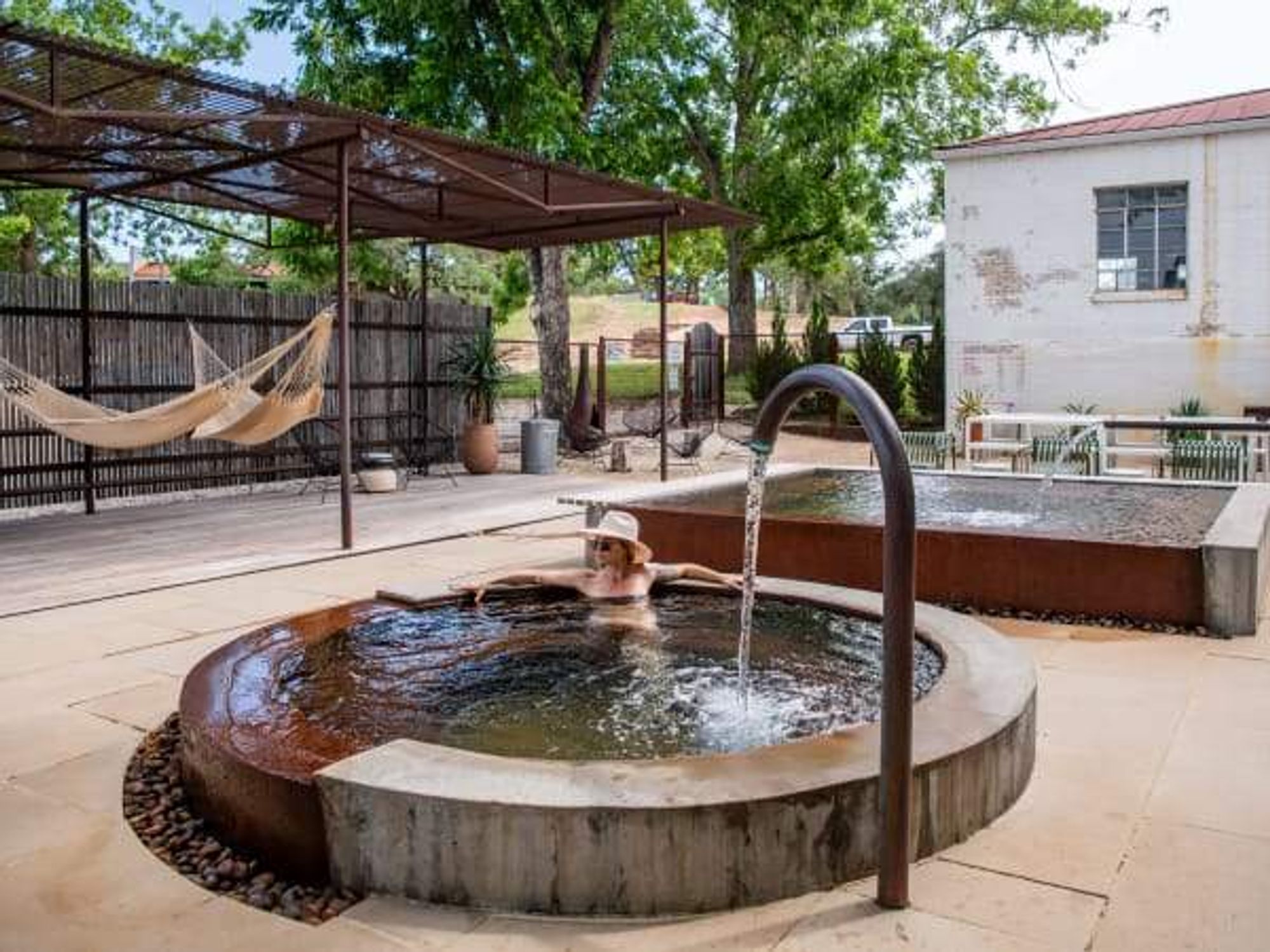International Dark Sky Week
Best places to see spectacular nighttime skies in Austin, West Texas, and beyond

Before electric lights, people experienced a star-filled night sky that inspired science, religion, philosophy, art, and literature. A growing body of research suggests that loss of this night sky has consequences beyond the cultural and aesthetic, affecting nocturnal animals, migrating birds, sea turtle hatchlings, and insects, as well as the health and well-being of human beings.
Running April 15-21, International Dark Sky Week highlights the problems associated with light pollution — excessive and unneeded nighttime lighting — and enacts simple solutions to solve them. It also gives Texans ample opportunities to celebrate the dark and marvel at the awesome skies above.
Big Bend Ranch State Park — Saturday, April 21
At Big Bend Ranch State Park’s Barton Warnock Visitor Center near Terlingua, celebrate the park’s recent designation as a Dark Sky Park. At this event, running from 6:30-10 pm, learn about the effects of light pollution, the basics of dark-sky-friendly lighting, and how to be a good neighbor. Then gaze at the moon and stars in that big, dark, West Texas sky.
Canyon of the Eagles — April 20-21
This 940-acre nature park and resort, located about an hour from Austin, is home to the Eagle Eye Observatory and its two telescopes: a computerized 25-inch aperture Truss-Dobsonian reflector and a 12.5-inch Newtonian reflector. See bright planets, nebulas, and distant galaxies during public star viewing sessions after dark led by the Austin Astronomical Society.
Galveston Island State Park — April 14
Kick off Dark Sky Week a day early on April 14 from 7:30-8:30 pm at this park on the far west side of Galveston. Ranger Lisa will talk about the importance of the dark and our connection to the stars overhead at the Nature Center then lead everyone to a secret dark spot in the park. Dress warmly and bring your park permit, flashlight (red flashlights preferred), and blanket (optional).
Lockhart State Park — April 21
Discover the spring constellations and stories behind them just down the road from Austin in Lockhart. Ancient civilizations saw pictures in the stars at night and crafted tales explaining how and why they came to be there. Running from 8:30-9:30 pm, this program shows you constellations in the night sky and tells the stories behind them from several different cultures. Park at the headquarters building, check in at the self-pay station, and walk down the golf cart path to the No. 1 fairway of the golf course (look for the red lights). Bring bug repellent, a chair or blanket, and a red flashlight. (Make your own red flashlight by taping red cellophane over a regular flashlight.) Please leave white-light flashlights at home, as these interfere with night vision and make it harder for your eyes to adjust to the dark to better see the stars.
McDonald Observatory — April 17, 20-21
This University of Texas facility near Fort Davis in West Texas hosts Star Parties beginning at 9:15 pm. The program lasts about two hours and includes constellation tours and views of celestial objects through a number of telescopes (varying in size up to a 24-inch Ritchey-Chrétien telescope) in the Rebecca Gale Telescope Park at the Visitors Center. This popular program frequently sells out, so make reservations in advance. Discounted Star Party program passes are available online until sold out or up to three hours prior to the program start time. Remaining passes are sold at the door without the discount. Dress warmly; it is cooler at the observatory’s high desert elevation than you might expect.
Painter Hall Telescope at UT Austin — April 20-21
On the University of Texas at Austin campus, enjoy free viewing on the Painter Hall Telescope on April 20 and 21 from 8:30-10:30 pm. Painter Hall is at the corner of 24th Street and Inner Campus Drive, just to the north of the UT Tower. Take the elevator to the fifth floor and exit left, follow the fifth-floor hallway to the end, and take the staircase through the double doors on the left. Once you reach the sixth floor, go to your right and follow the signs up to the telescope.
Robert Lee Moore Hall at UT Austin — April 18
The University of Texas astronomy department sponsors a free public star party on the roof of Robert Lee Moore Hall from 8:30-10:30 pm. The building is at the southeast corner of Dean Keeton Street and Speedway. Take the elevators to the 17th floor and then follow the signs to the stairs up to the telescope.
You can also enjoy the stars on your own with just your eyes or a pair of binoculars. At home, avoid creating light pollution by shielding outdoor lighting or angling it downward. Use light only when, where, and in the amount needed. Check out guides to the April night sky at StarDate, or pick up a copy of Night Sky: A Guide to Our Galaxy by Tyler Nordgren and Chad Moore. (It's also available by the checkout line at some H-E-B stores.) Then, head for nearby dark places such as Pedernales Falls State Park, Guadalupe River State Park, Enchanted Rock State Natural Area, or Hill Country State Natural Area.

 Dripping Springs Social is the perfect venue for an escape into the Hill Country. Photo courtesy of Vrbo
Dripping Springs Social is the perfect venue for an escape into the Hill Country. Photo courtesy of Vrbo